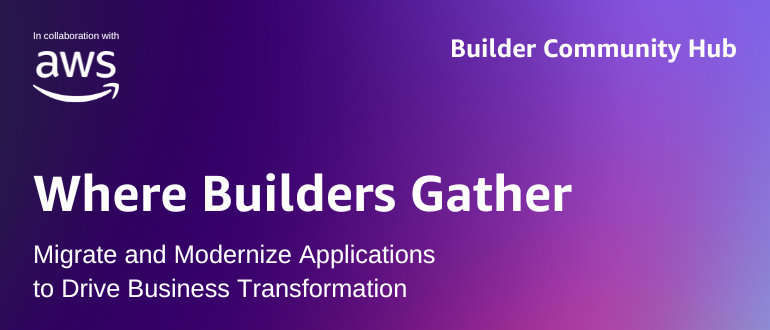Change is the only constant in cybersecurity. From software updates and misconfigured systems to unexpected service interruptions, security teams must constantly adapt to stay ahead of evolving threats. At the same time, budget constraints are tightening, with nearly 49% of teams facing cuts in the past year, according to ISC2. It’s no surprise that many professionals feel overwhelmed, juggling shifting priorities while trying to maintain a strong security posture.
To effectively handle external chaos, organizations must first have a deep understanding of their network through system mapping. A strong internal security foundation — reinforced by adaptive change management and an application-centric approach — enables teams to strike a balance between managing external threats and strengthening network visibility. These frameworks are essential for maintaining integrity across network, cloud and hybrid environments, ensuring proactive and reactive defenses.
Challenges of Practical Application Amid Cybersecurity’s Evolving Landscape
Shifting priorities — and sometimes even closures — are becoming common among network security policy management companies, many of which provide SaaS-based cybersecurity platforms for vulnerability mapping and remediation. This trend may suggest that network security has plateaued, with focus shifting to identity, cloud and data security. However, while traditional perimeter-based security is fading, its role in the cloud remains essential. It’s just different now.
Protecting cloud workloads, microservices and hybrid environments demand strong network visibility and segmentation. Rather than serving as replacements for network security, cloud firewalls, zero-trust network access and service mesh security are actually modern extensions of its principles. Strong network controls are still foundational to identity and cloud security.
Misconfigured cloud networks — overly permissive security groups, exposed APIs or lack of segmentation — remain major attack vectors. High-profile breaches have shown how attackers exploit weak network controls to move laterally in cloud environments, and misconfiguration-related issues now cause 80% of all data security breaches. Experts also predict that human error will be the root cause of up to 99% of cloud failures until 2025, highlighting the need for improved management and oversight.
At the same time, security teams — an organization’s first line of defense against breaches and disruptions — are drowning in alerts, struggling to distinguish critical threats from minor issues. Businesses demand constant change, forcing network security to continuously adapt while old tools and manual processes add to the noise. They may still work well enough to flag issues but fail to provide clear prioritization.
Internal Security Lays the Foundation for a Strong Line of Defense
Mapping applications and understanding their criticality help teams automate decisions and prioritize alerts based on real risk. With a clear understanding of the most impactful vulnerabilities and threats within their environment, businesses can confidently focus on running their operations securely and efficiently. But without an internal strategy for security, external shocks such as budget reductions or software changes can cripple a company’s defenses. Cybersecurity professionals must reinforce their organizations by laying the groundwork for stability within a chaotic atmosphere.
New layers of complexity are also being added by companies shifting to hybrid and multi-cloud infrastructures. While 87% of enterprises now use more than one cloud provider, 81% of enterprises plan to maintain significant on-premises infrastructure. Subsequently, strong security measures are needed to protect traffic across these nuanced environments, maintain compliance and minimize operational disruptions.
In addition, businesses are rolling out new, interconnected applications faster than ever to match the industry’s pace, which pressures IT teams to keep up without sacrificing security. Adaptive strategies to navigate these challenges are essential, as old protocols won’t suffice for managing APIs, preventing configuration errors and securing access across hybrid environments. To overcome these hurdles, organizations should focus on an application-centric approach with three core pillars:
- Visibility: Without full network visibility, teams are essentially blind. Effective solutions map traffic and dependencies across cloud and on-premise systems. This offers a clear understanding of application behavior and highlights vulnerabilities before they’re exploited.
- Risk assessment and prioritization: Not all risks are created equal, and organizations need effective frameworks to identify and prioritize them. Automating risk evaluation against regulatory requirements or business-critical tiers enables teams to focus energy and resources where it matters most.
- Automation and efficiency: Automation drives speed and consistency. By automating workflows that identify, manage and verify security changes, businesses reduce errors and react faster to potential threats. Proactive automation reduces the likelihood of being caught off-guard by sudden shifts.
When combined, these pillars create a resilient foundation to withstand external disruptions. They also align security efforts across departments to more effectively use resources despite constraints.
Change is an inevitable part of cybersecurity. The threats evolve daily, and businesses push for innovation faster than teams can keep up. When combined with shrinking budgets, it may seem easier for a company to lower its defenses and continue operating in a vacuum than to mount an effective response. But digital silos are a thing of the past as businesses increasingly blur the lines between on-premise systems and cloud workloads.
To stay ahead, organizations need a seamless, application-focused security strategy that integrates network, identity and data protection into a unified approach. This not only mitigates today’s risks but also helps future-proof businesses against the threats of tomorrow. A strong foundation of internal protocols, adaptive policies and automation provides the stability that security teams need to protect what matters most.

